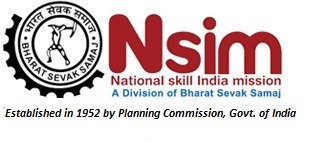Stories you may like
UX (user experience) designers measure and optimise applications (usually web based) to improve ease of use (usability), and create the best user experience by exploring many different approaches to solve end-users’ problems. One way that a UX designer might do this is by conducting in-person user tests to observe behaviour. They then refine and tweak apps, software and websites to create products that people like and find easy to use.
A similar role is that of a UI (user interface) designer. However, UI designers focus more on designing the presentation and interactivity of a product. Some roles combine both UX and UI.
For a UX designer, typical duties include:
-
considering existing applications and evaluating their UX (user experience) effectiveness
-
considering the human-computer interaction (HCI) element of a design
-
using online tools, such as screen readers, to aid their research
-
running user testing of applications, software and websites
-
defining interaction models, user task flows, and UI (user interface) specifications
-
communicating scenarios (hypothetical users), end-to-end experiences, interaction models, and screen designs to other people working on a product
-
working with creative directors and visual designers to incorporate a visual or brand identity into the finished product
-
developing and maintaining design wireframes (basic mock-ups of applications) and specifications
Qualifications and training required
There are routes into UX design for both graduates and school leavers. Many UX jobs advertised ask for a bachelors degree in a design or computing-related subject, such as HCI (human computer interaction). To enter the profession without a degree, you could start out in another digital design role and specialise in UX when you have built up a portfolio of experience. Alternatively you could start by seeking out one of the few UX apprenticeships available.
Key skills for UX designers
-
Artistic eye for design
-
Ability to think creatively
-
Mathematical aptitude and strong problem-solving skills
-
Excellent IT and programming skills
-
Excellent organisational, time and project management skills
-
Accuracy and attention to detail
-
An understanding of the latest trends and their role in a commercial environment
-
Self-development skills to keep up to date with fast-changing trends
-
Professional approach to time, costs and deadlines
Typical employers of UX designers
-
Financial services organisations
-
Manufacturing companies
-
Educational institutions
-
Banks
-
Specialist software development companies
-
Consulting firms
-
Telecommunications companies
-
Public sector organisations
-
Self-employment is also an option for UX designers












User's Comments
No comments there.